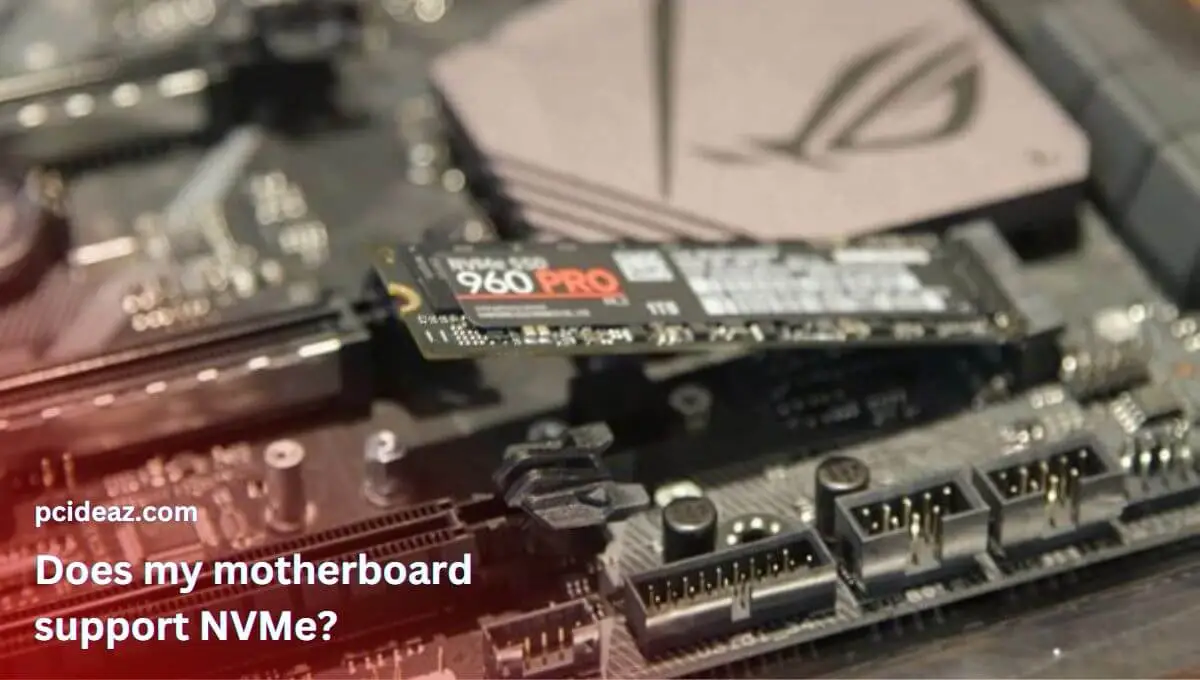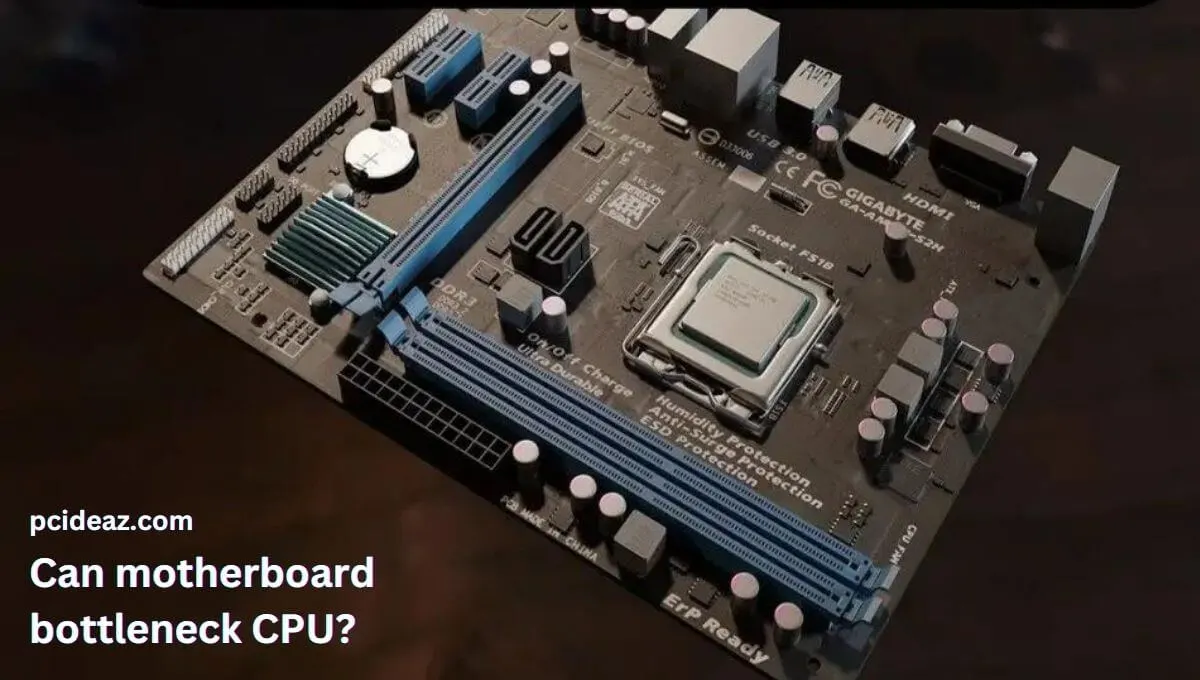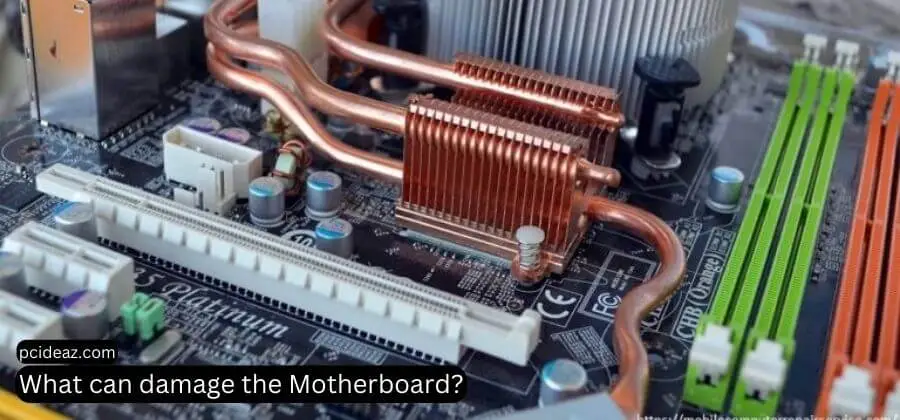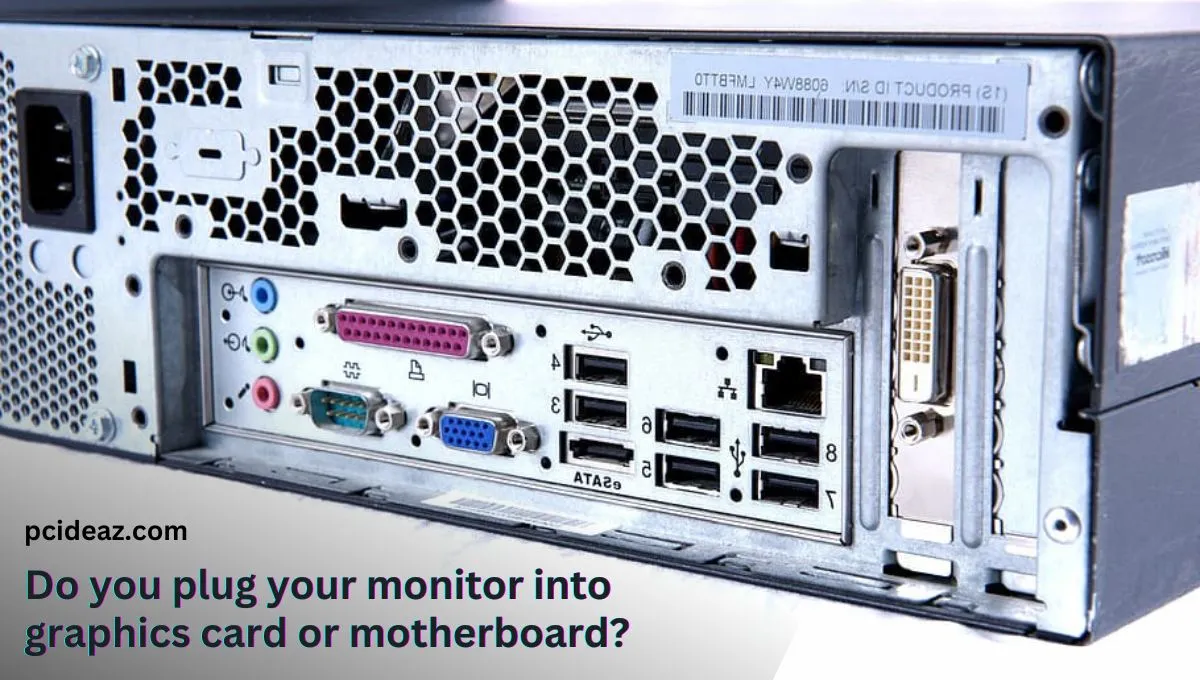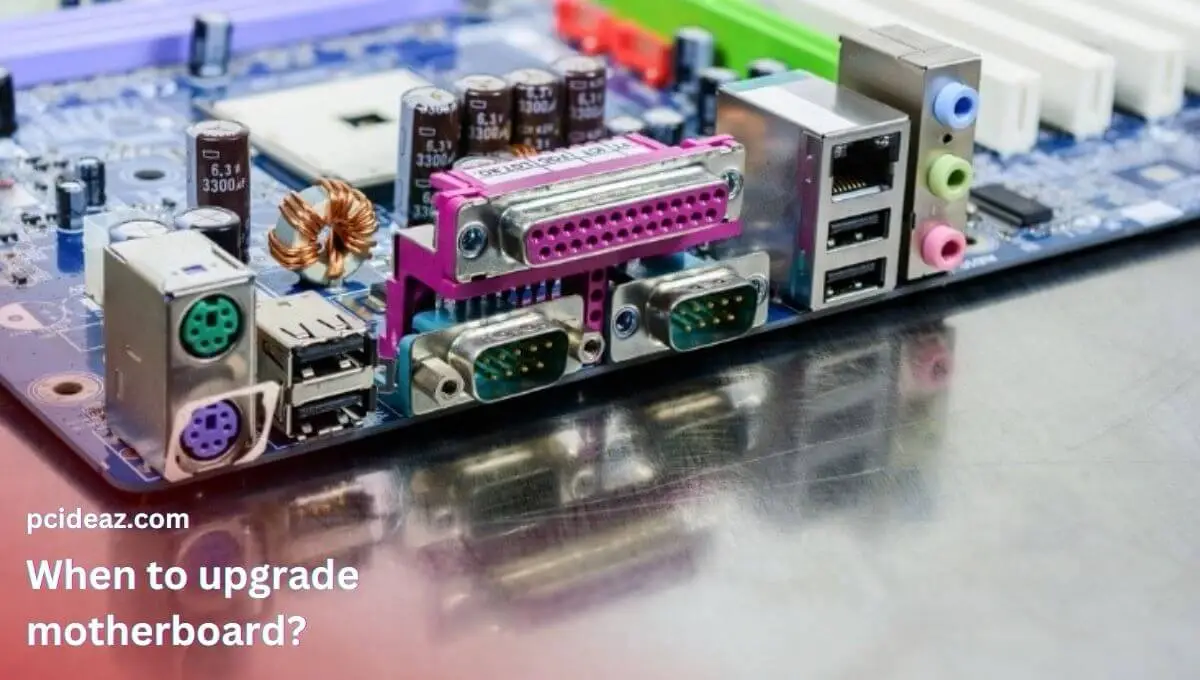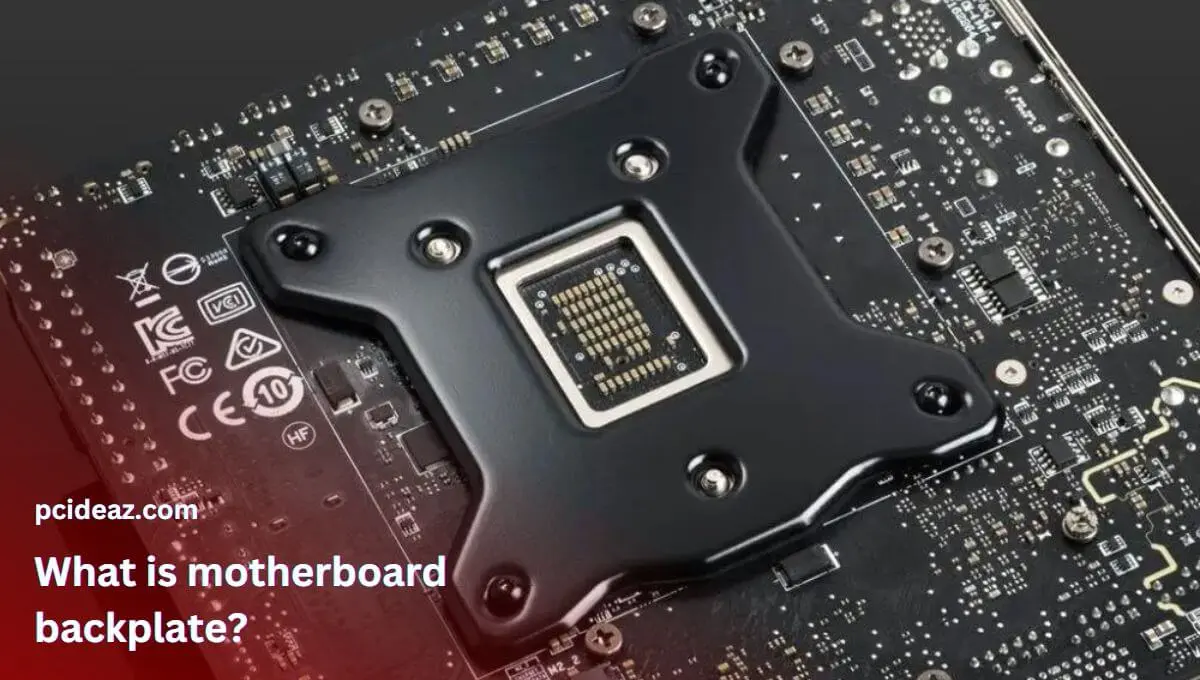NVMe, or Non-Volatile Memory Express, is a host controller interface and high-performance storage protocol for accessing high-speed storage media, specifically solid-state drives (SSDs) connected via the PCI Express (PCIe) bus. It provides faster data flow, transfer speed, and more efficient communication between the host computer and the SSD compared to older storage protocols, such as SATA and SCSI.
But your motherboard must be compatible with the NVMe drives to get all these advantages and utilize these drives’ true performance potential. Therefore, you must know does my motherboard support NVMe to ensure compatibility between the motherboard, storage devices, and other components. Let’s learn different ways to ensure this compatibility, know NVMe types, and which will suit your PC and needs!
Key Takeaways
- NVMe, or Non-Volatile Memory Express, is a host controller interface and high-performance storage protocol for accessing high-speed media.
- It’s essential to know the compatibility between the NVMe drives and motherboard to get the most out of data flow efficiency.
- You can check the motherboard’s documentation, physical connection, and chipset’s generation to determine this compatibility.
Does my motherboard support NVMe?
Several techniques can be used to determine the compatibility of a motherboard with the NVMe devices. We have discussed four ways for this process, and you can use any to determine compatibility. These include
Check the documentation.
The first way to determine whether your motherboard supports NVMe is to check its documentation. If you look at the manual for your motherboard, it should tell you which type of drive it supports. Most motherboards list specifications like “NVMe 1.2”, indicating that the motherboard supports NVMe drives. You can also look up your motherboard model online to see if it supports NVMe.
Check the physical connection.
If your motherboard does not have an explicit NVMe listing, there are still ways to determine if your motherboard is compatible with NVMe. The simplest way is to check the physical connection available on your motherboard. Most modern motherboards have an M.2 slot capable of connecting an NVMe drive. Additionally, many older motherboards have PCI-E slots supporting NVMe drives.
Check the SSD Types.
However, because there are several types of SSDs, you must go beyond SSD to confirm the motherboard has a slot for the NVMe SSD in particular. SATA SSDs, NVMe SSDs, and PCIe SSDs are examples of SSDs. Fortunately, the NVMe SSD and PCIe SSD slots are identical. Therefore the specification sheet may only include one. It is also known as PCIe NVMe SSD. NVMe uses PCIe lanes, much like a GPU connects to the motherboard.
Check the Generation of the Chipset.
Older motherboards may not support the latest generation of NVMe, which means the driver will not be detected. 4.0 protocols are yet to be available on all modern motherboards. This is important when upgrading an existing build or purchasing new parts.
It’s also essential to ensure your motherboard is compatible with the specific drive you plan to use. For example, some motherboards may support only PCIe 3.0 speeds, while other drives may require PCIe 4.0 speeds. Additionally, specific NVMe drives may require different power connectors than what is available on your motherboard. It is best to consult the drive and the motherboard specifications before purchasing a drive.
In conclusion, you can determine if your motherboard supports NVMe by checking its documentation or looking up its model online. Additionally, you can check the physical connections available on your motherboard to see if it supports NVMe drives. Lastly, ensure your motherboard and drive are compatible before purchasing to avoid potential issues.
What are the different types of NVMe drives?
NVMe drives come in two main types: M.2 and U.2. Let’s discuss these types of NVMe drives in detail!
M.2 drives
M.2 is a type of physical interface and form factor used by solid-state drives (SSDs) and other computer storage devices. It is designed to be compact and flexible, allowing it to be used in various computer form factors, including desktops, laptops, and servers.
The M.2 drives connect to the motherboard using the PCIe interface, providing faster data transfer speeds than SATA-based SSDs. This makes M.2 drives suitable for high-performance computing and gaming systems, as the fast read/write speeds and low latency allow for fast data access and processing.
In summary, M.2 is a compact and flexible form factor for computer storage devices, commonly used in high-performance computing and gaming systems due to their fast data transfer speeds and low latency, made possible through the PCIe interface.
| Pros | Cons |
| Small form factor | Expensive than SATA drives |
| Faster data transfer speeds | Limited compatibility with older systems |
| Low latency | Require specialized tools for installation |
| Improved performance | Thermal issue than SATA drives |
| Increased storage capacity | |
| Improved reliability | |
| Enhanced thermal performance | |
| Easy to upgrade. |
U.2 drives
U.2 is a physical form factor for solid-state drives (SSDs), offering higher performance and reliability than SATA and M.2 drives. It was previously known as SFF-8639. It’s better than M.2 drives in terms of performance and speed.
One of the critical features of U.2 drives is their “hot-swappable” capability, which means they can be removed and replaced without shutting down the computer. This makes U.2 drives suitable for use in enterprise and data center applications where high performance and high availability are critical.
U.2 drives connect to the motherboard using a U.2 connector and typically use the NVMe protocol for data transfer. NVMe provides fast read/write speeds and low latency, making U.2 drives suitable for demanding applications.
| Pros | Cons |
| High performance and reliability | Expensive than SATA and M.2 drives |
| Hot-swappable capability | Limited U.2 ports on some motherboards |
| Supports large storage capacities | Higher power consumption than SATA and M.2 drives |
| Faster data transfer speeds with NVMe protocol | |
| Low latencies | |
| Suitable for enterprise and data center applications | |
| Improved thermal performance |
Which NVMe drive should you buy?
Once you’ve determined that your motherboard supports NVMe, the next step is to decide which NVMe drive you should purchase. Consider the following factors to choose which NVMe drive will work for you:
-
Capacity: How much storage space do you need? NVMe drives are available in various capacities, ranging from 256 GB to 4 TB or more.
-
Performance: Look for an NVMe drive with high read and write speeds. Look for sequential read and write speeds, as well as random read and write speeds.
-
Reliability: Consider the brand and the warranty offered. Look for drives with high endurance ratings, which indicate the number of write cycles the drive can withstand before failing.
-
Compatibility: Ensure the NVMe drive is compatible with your motherboard and your computer’s operating system.
-
Price: NVMe drives can be more expensive than SATA drives. Consider your budget when choosing an NVMe drive.
-
Form factor: Consider the size and shape of the NVMe drive. M.2 and U.2 are the two most common form factors for NVMe drives.
-
Cooling: NVMe drives can generate a lot of heat, especially during intense workloads. Look for drives with built-in heat sinks, or consider adding a separate heat sink to your NVMe drive.
-
Brand: Consider the brand of the NVMe drive. Some popular brands include Samsung, Western Digital, Crucial, and Intel.
In summary, the choice of an NVMe drive depends on several factors, including capacity, performance, reliability, compatibility, price, form factor, cooling, and brand.
Conclusion
When determining whether or not your motherboard supports NVMe, the best thing to do is to check your motherboard’s specifications. If it does support NVMe, you’ll have access to these drives' amazing speeds and performance. It’s important to research which NVMe drive is best for your setup, as many different types are available. Ultimately, if you’re looking to get the most out of your PC, knowing the compatibility between the motherboard and NVMe devices is essential.
Frequently Asked Questions
How to install NVMe drive?
Once you’ve chosen an NVMe drive, it’s time to install it! Installing an NVMe drive is usually a straightforward process; insert it into the appropriate slot on your motherboard, secure it with screws, and connect any necessary power and data cables, and you’re good to go!
If you want to know if your motherboard supports NVMe, you can check your system manual or the manufacturer’s website for more information. If it does, you can start shopping for an NVMe drive that meets your needs and budget. Make sure it’s compatible with your motherboard, and you’re ready to start.
